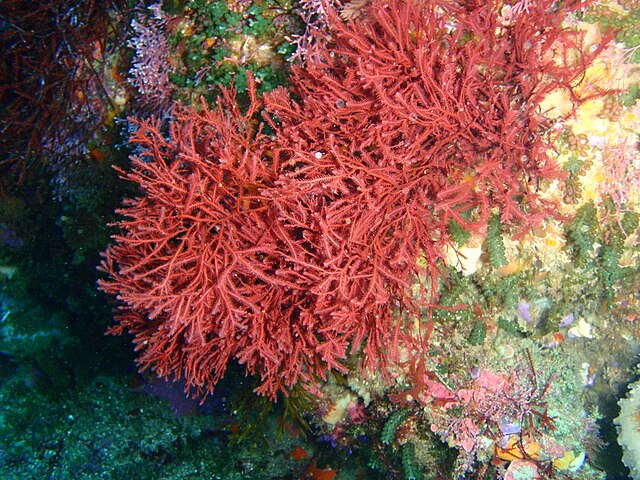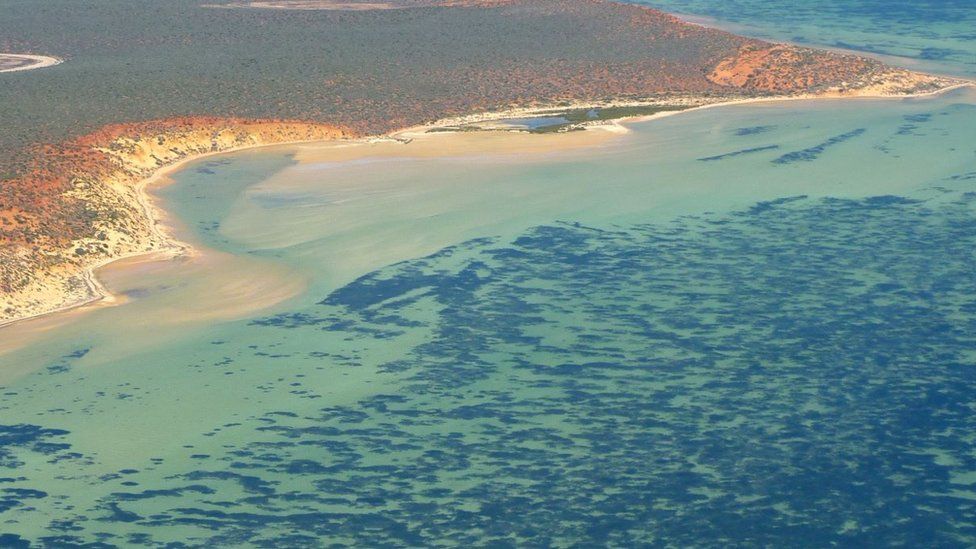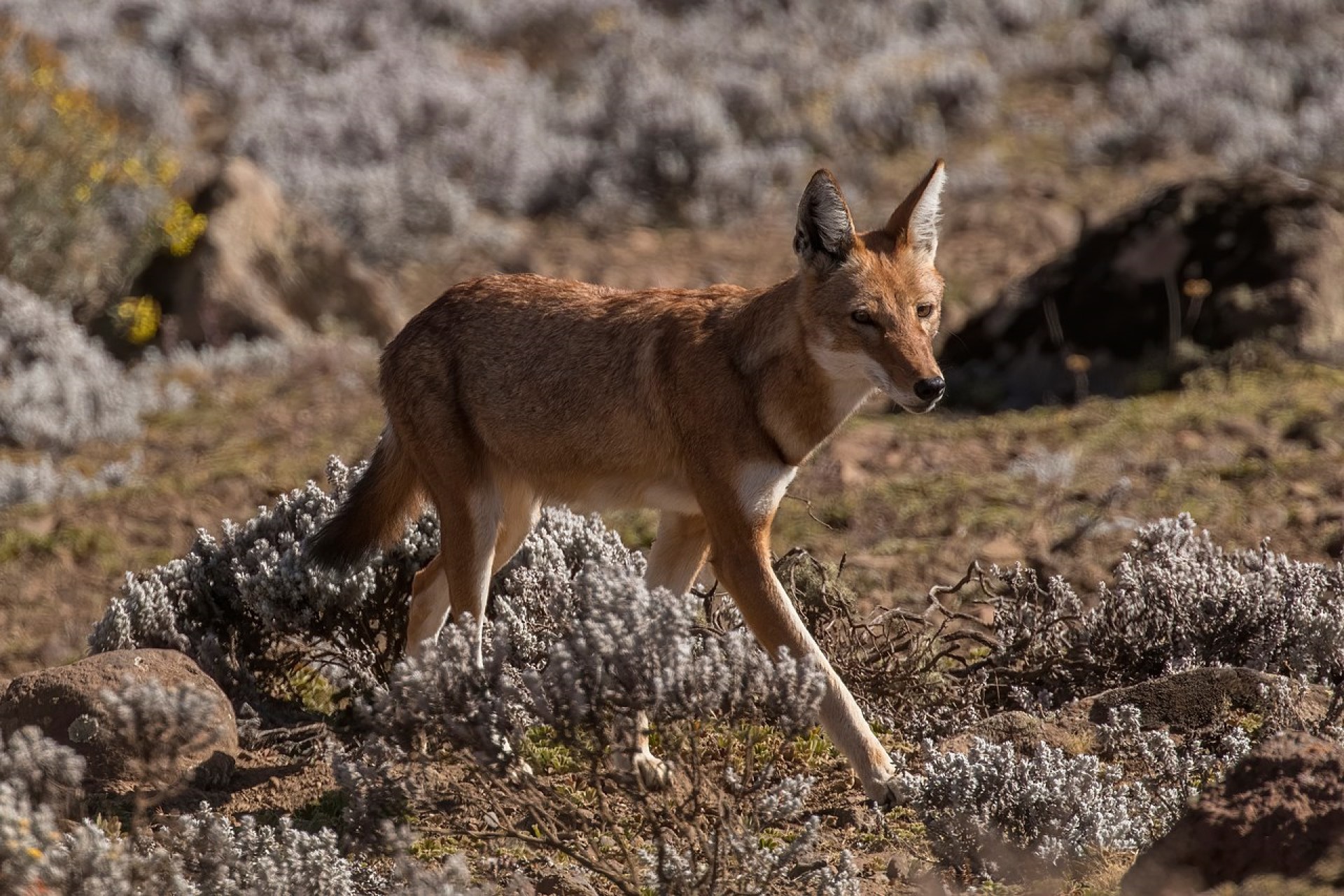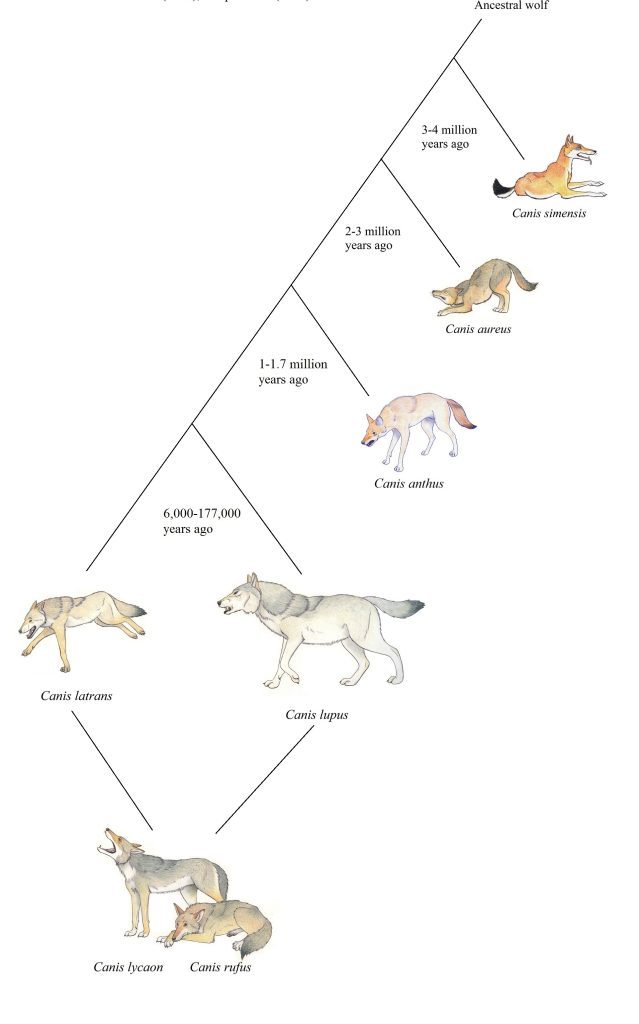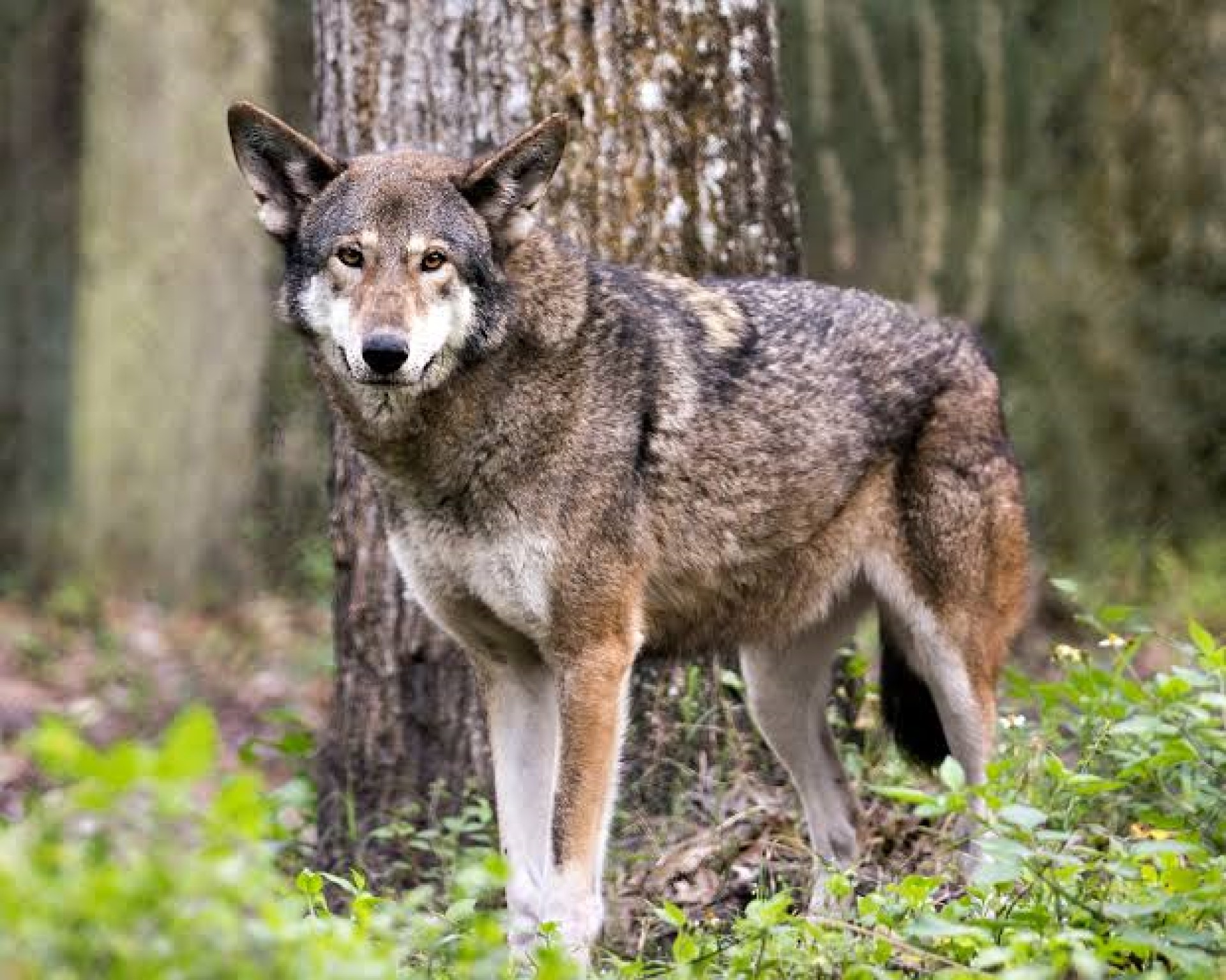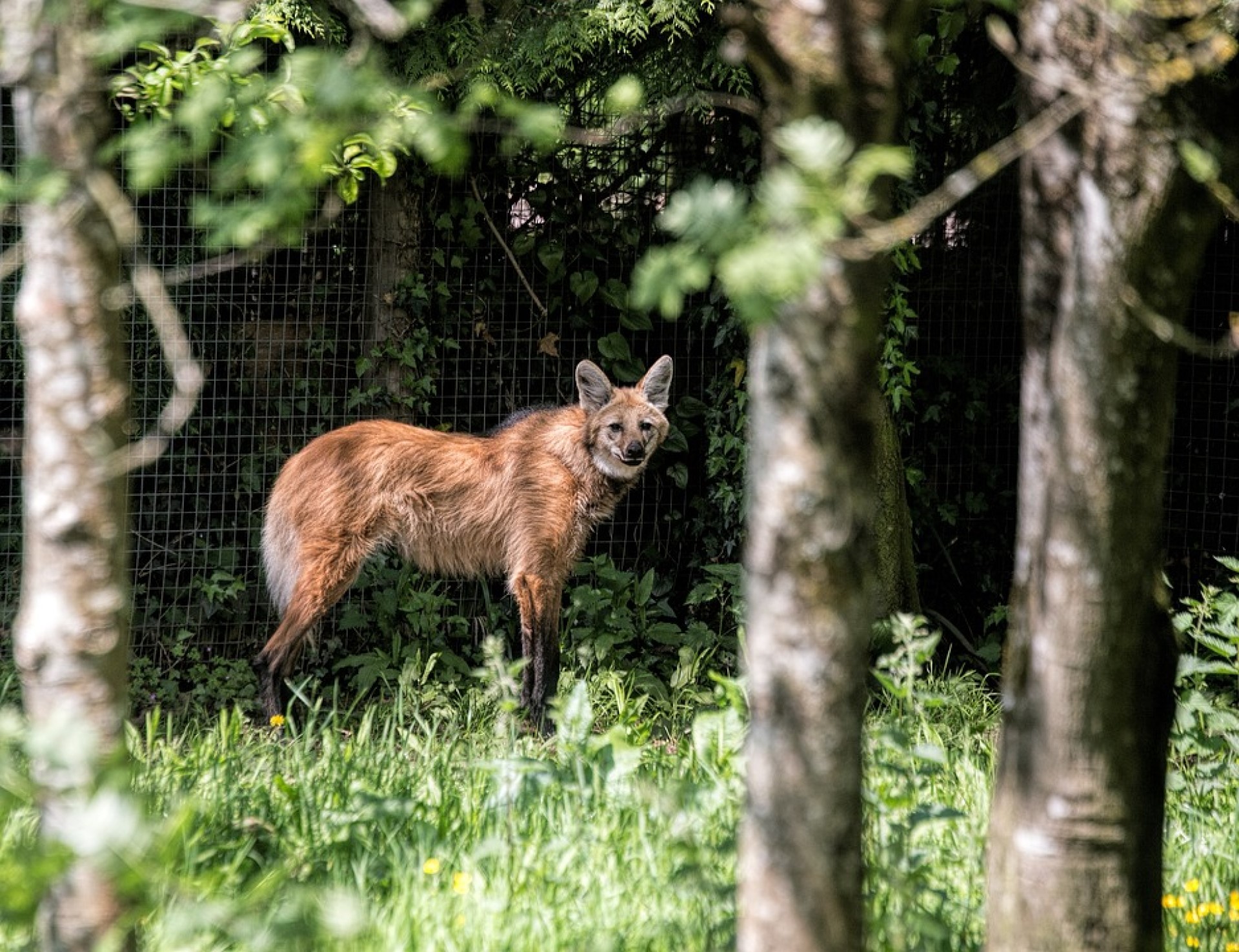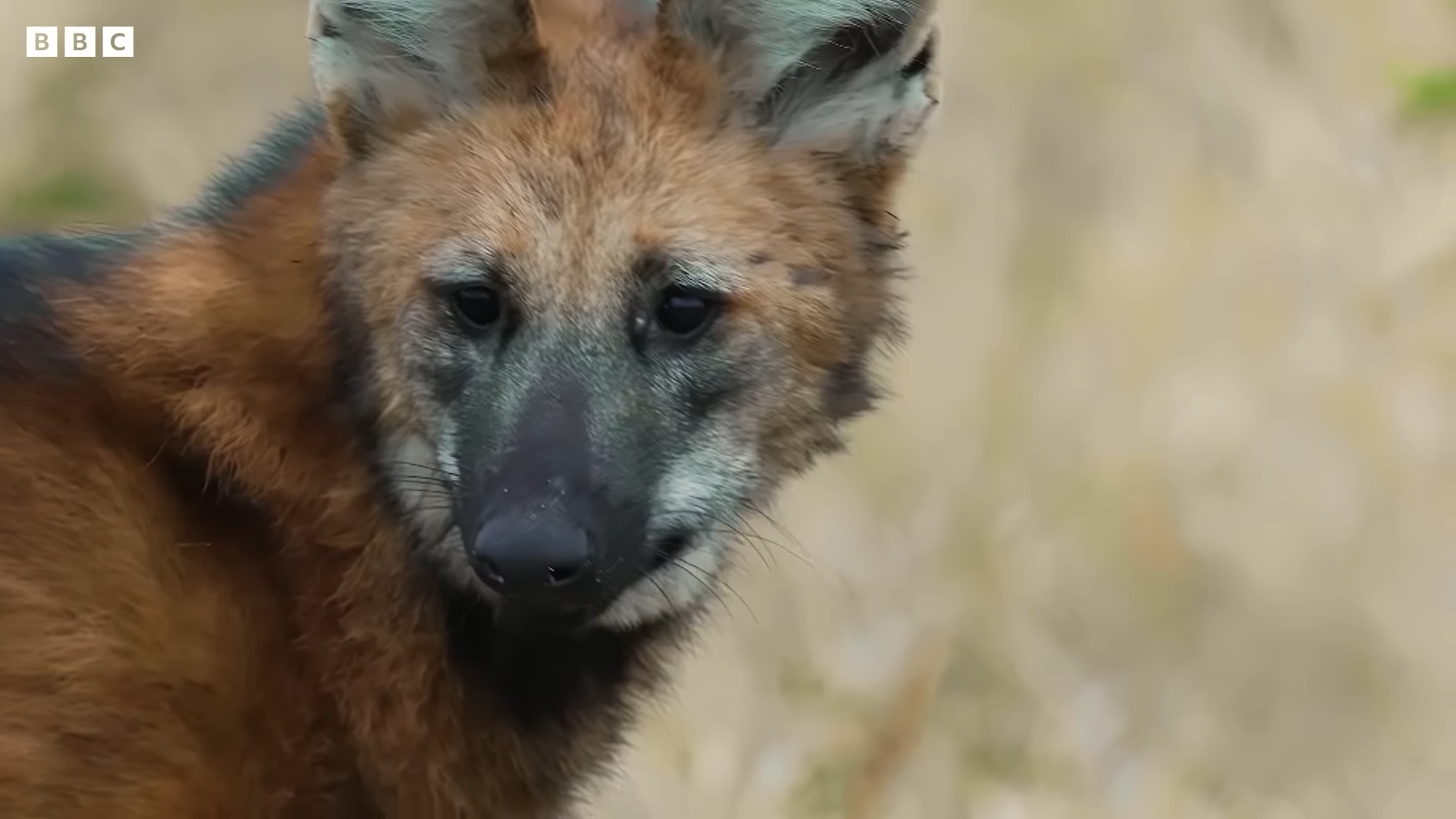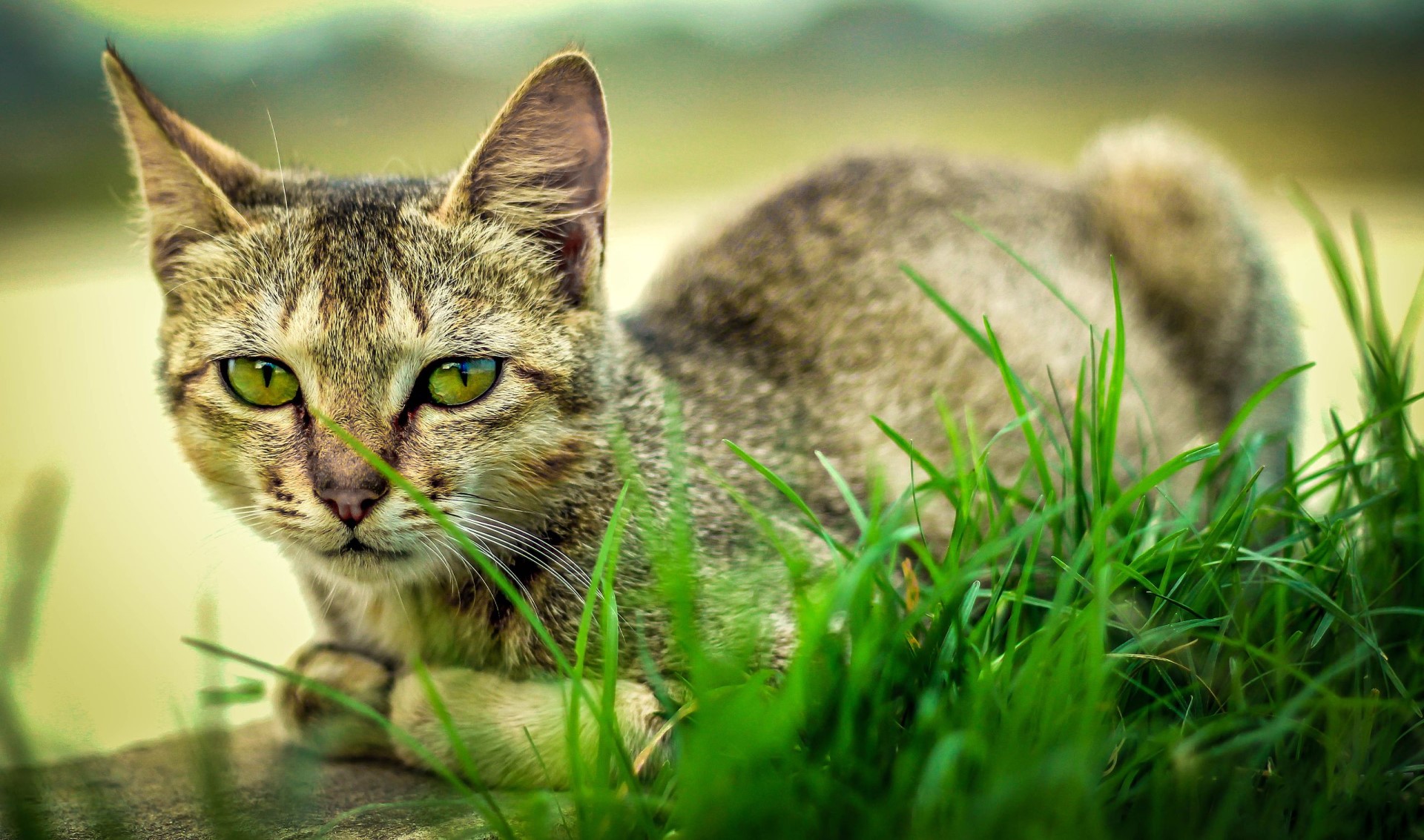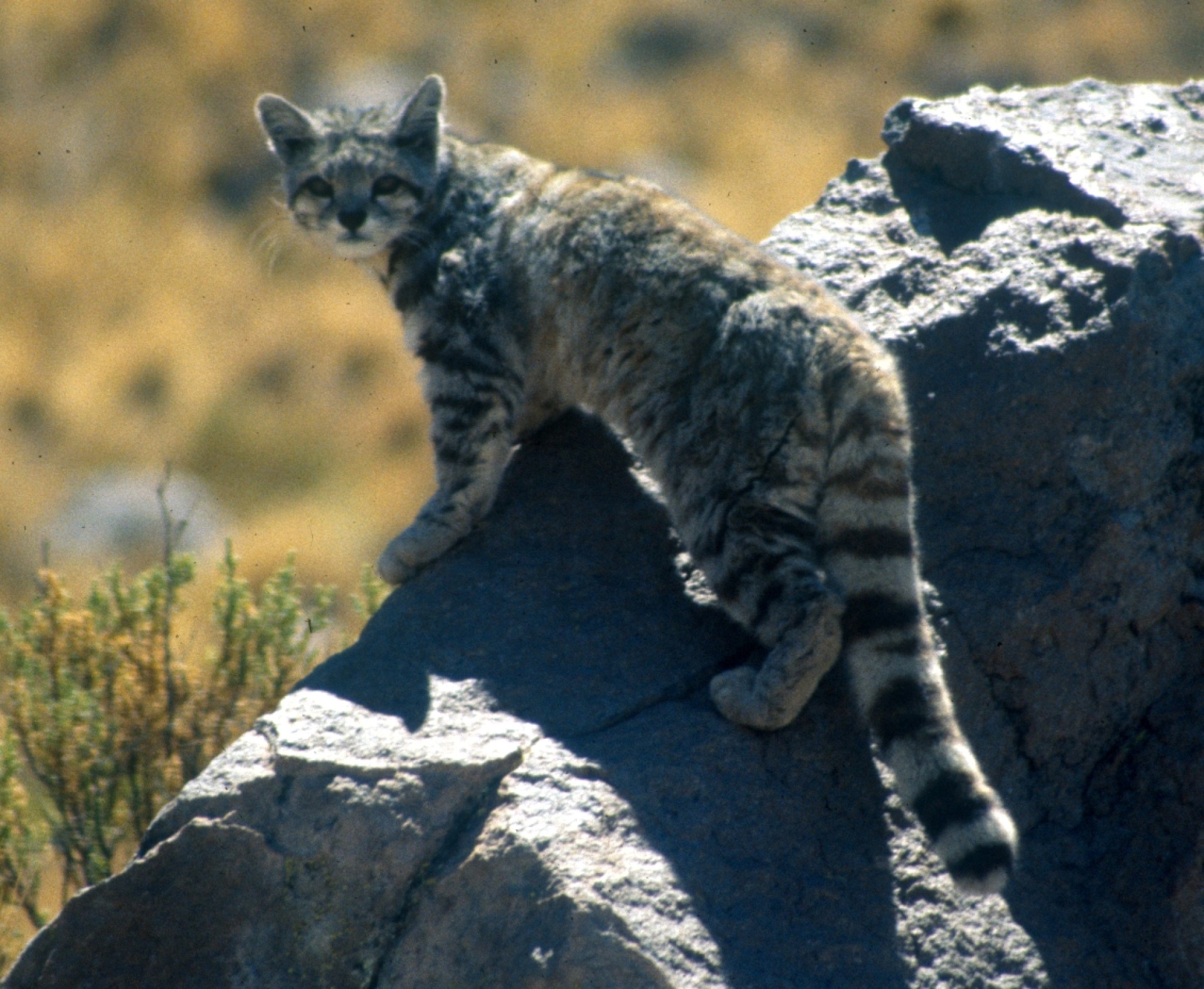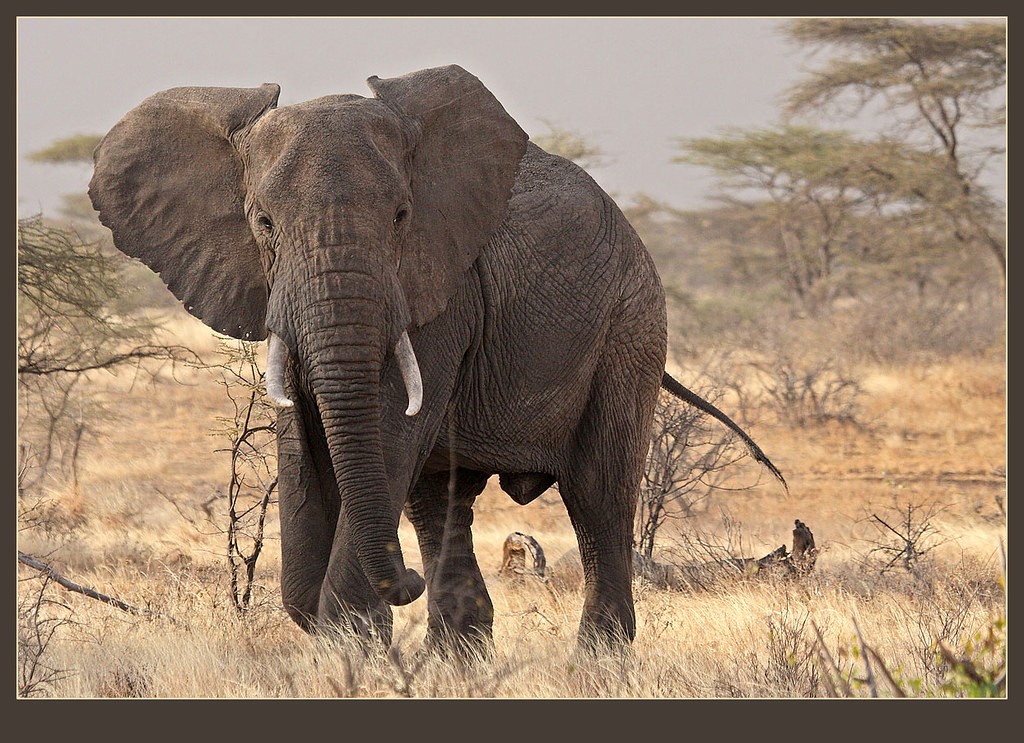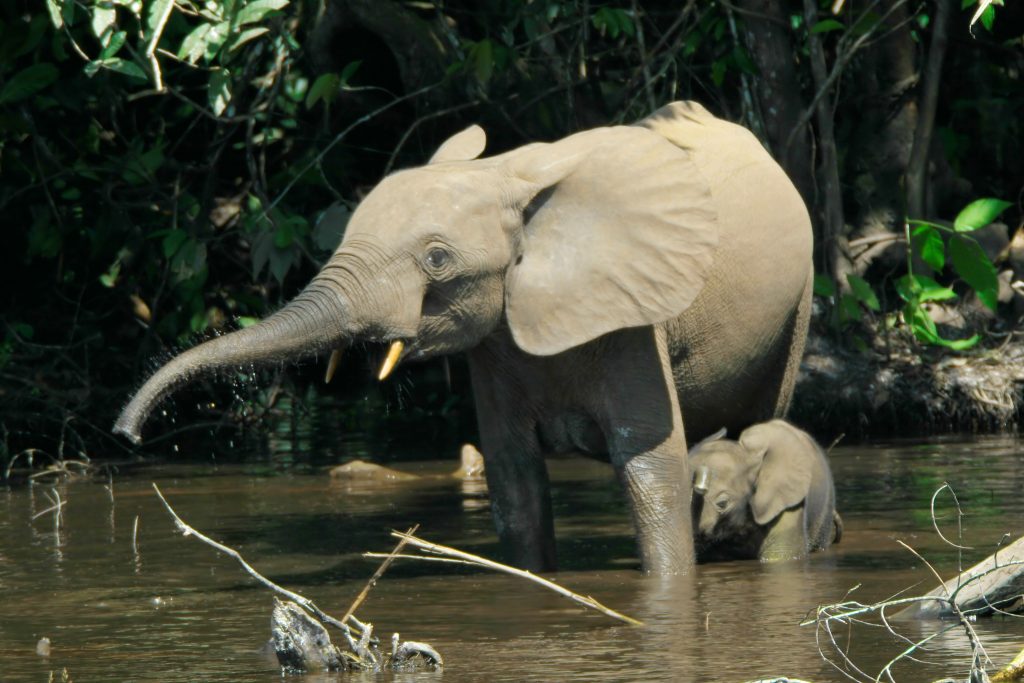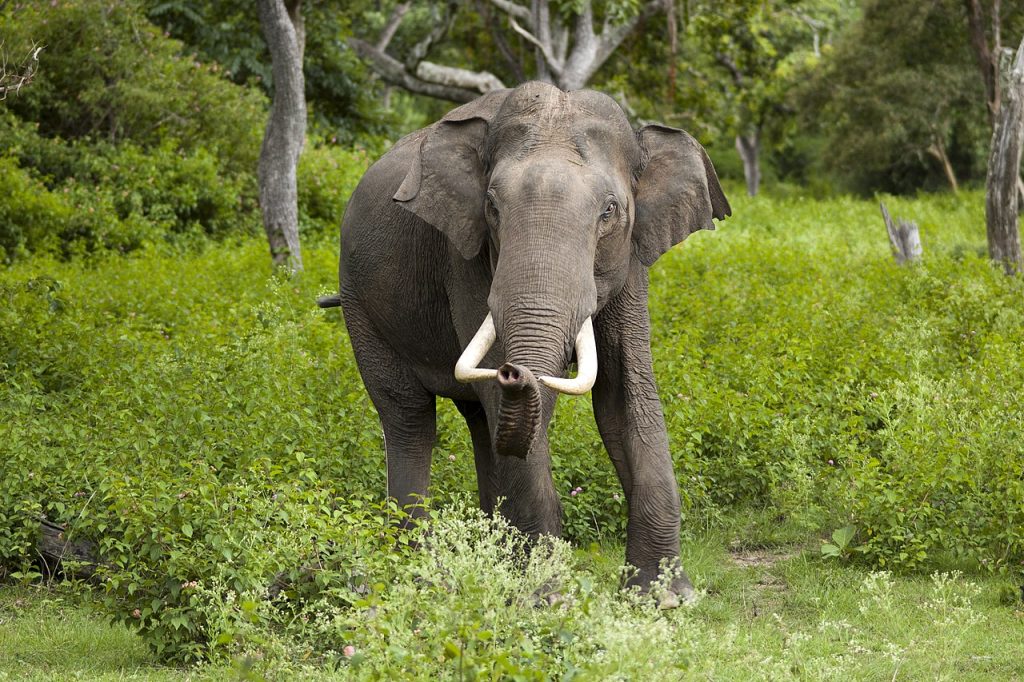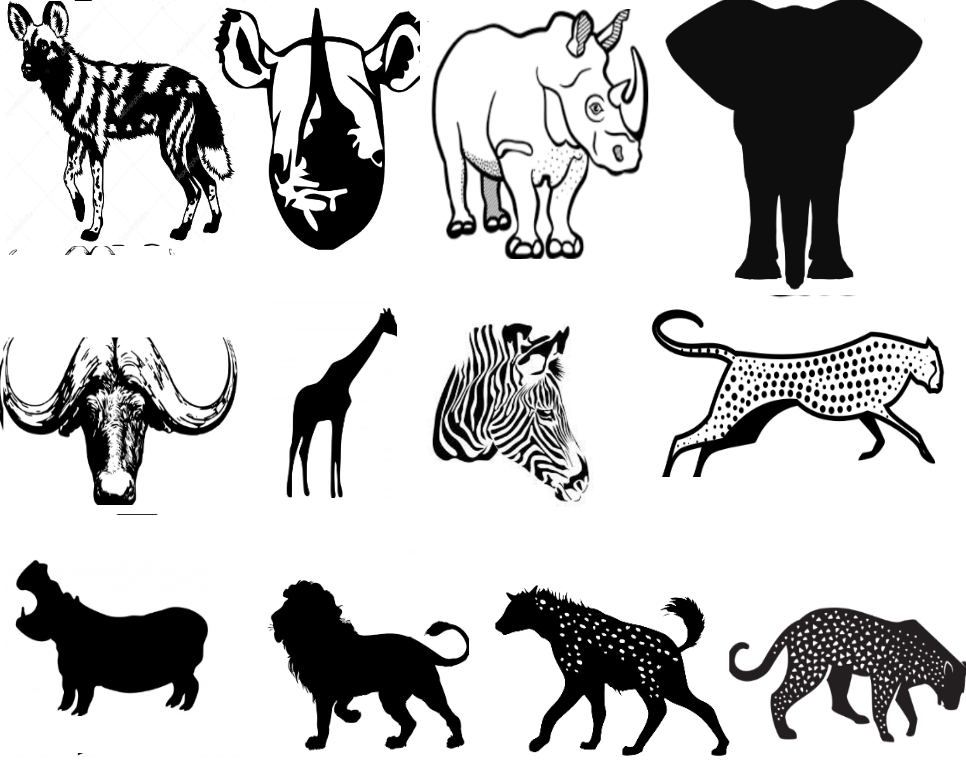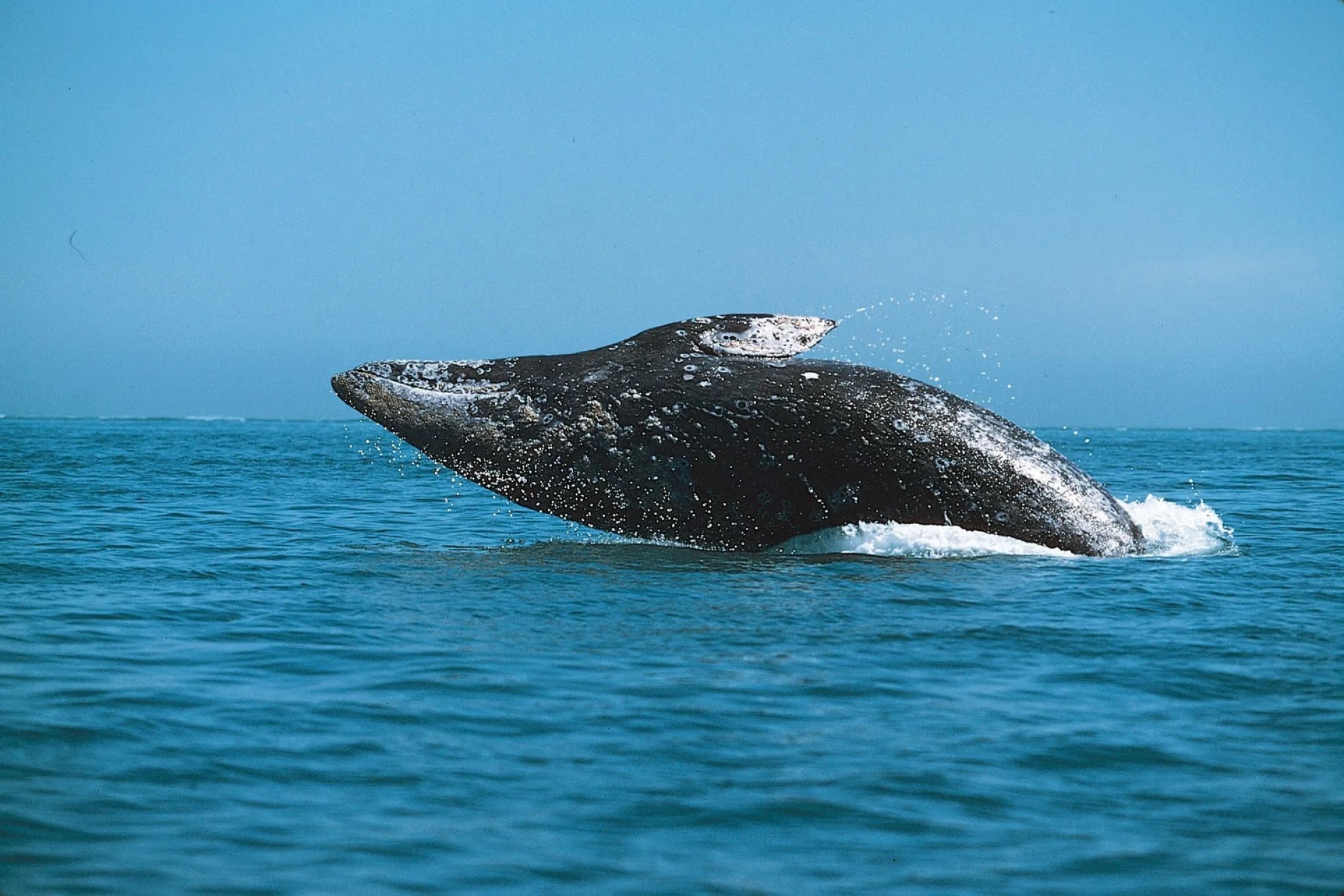
Grey whale
The gray whale (other names include grey whale, gray back whale, Pacific gray whale, Korean gray whale, or California gray whale), is a baleen whale that migrates between feeding and breeding grounds yearly. They can reach 14m in length and 41 tonnes. It is found in North pacific – with the Northeast Pacific (American population) and the Northwest Pacific (Asian population) that is endangered. The northern population has been extinct for a long time.
Lone grey whale migrates half way around the world
- Tim
- June 12, 2021
DNA analysis has shown that a grey whale first seen off the South West African coast, originated in a population off the eastern coast of Asia.

Most dolphins are right handed- or perhaps right flippered
- Tim
- December 15, 2019
As with humans, great Apes and bears amongst others it has been found the dolphins will usually prefer to use one flipper rather than the other.

It...
Animals moving away from extinction
- Tim
- February 7, 2019
The mountain gorilla and the fin whale have been reassessed and their conservation status had been found to not accurately show their position.
In the case of mountain gorillas, this...
Environmental and political stories from the US in recent times
- Tim
- March 9, 2024
On this post, I will list a group of articles on North American politics and stories. It is unfortunately a fact, that, no matter what your position is on American...


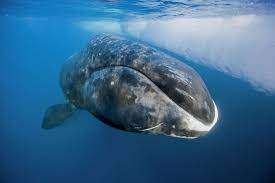
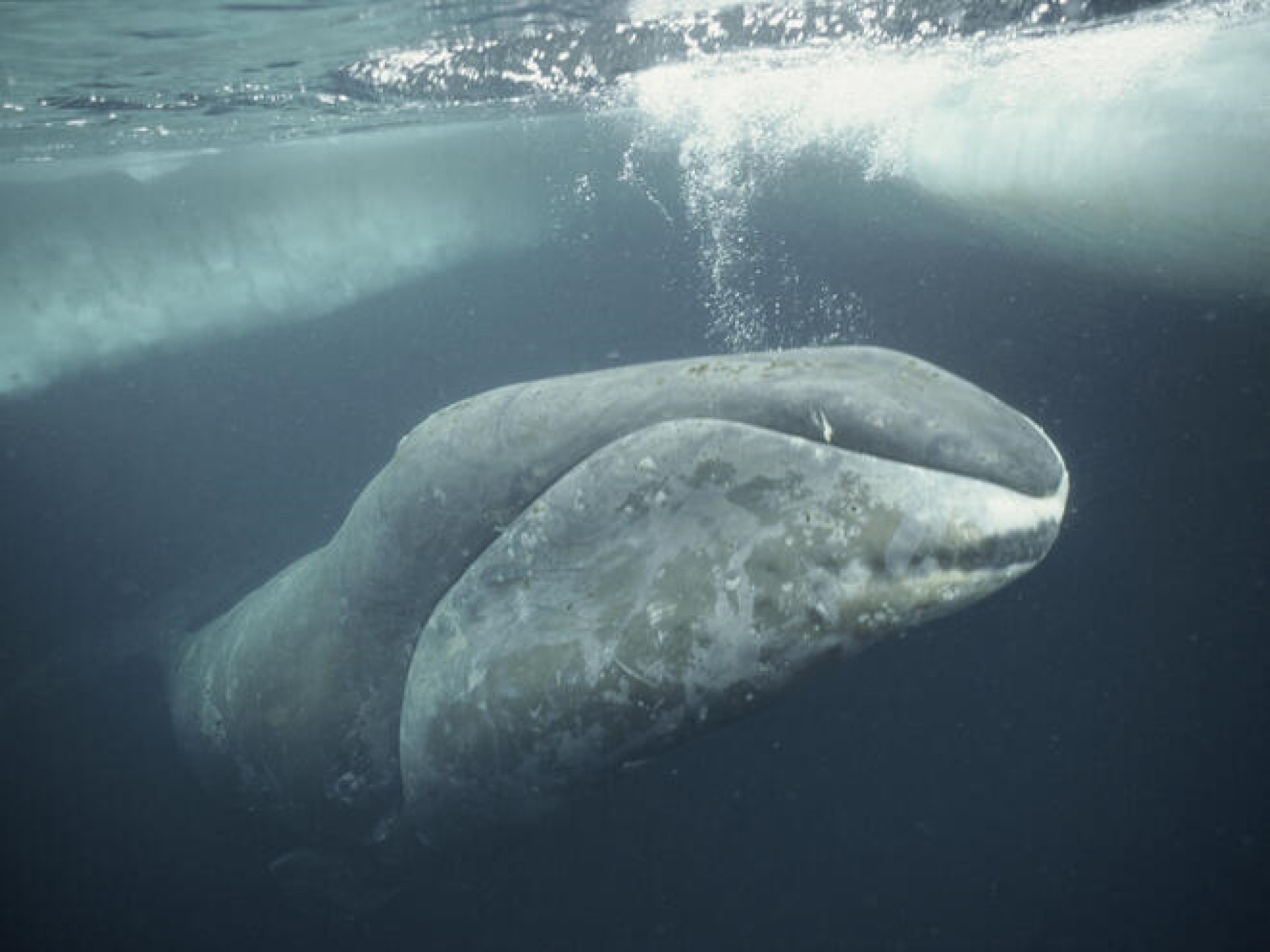
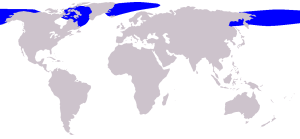 Also known as Greenland right whale, Arctic whale, steeple-top, and polar whale, they are closely related to the right whales, the bowhead whale looks quite different. It is in a different genus to the other right whales (so is a more distant relation.
Also known as Greenland right whale, Arctic whale, steeple-top, and polar whale, they are closely related to the right whales, the bowhead whale looks quite different. It is in a different genus to the other right whales (so is a more distant relation.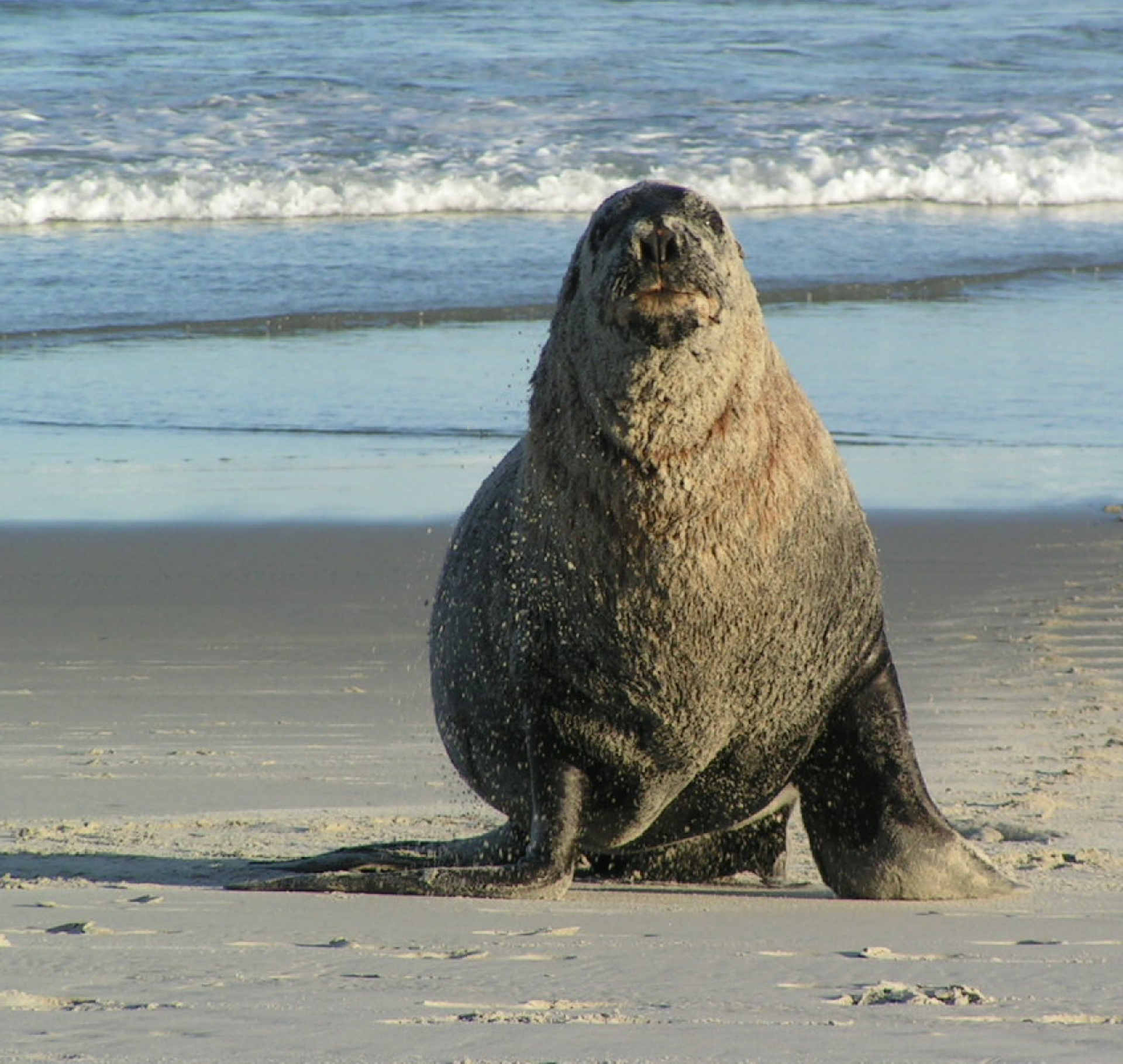

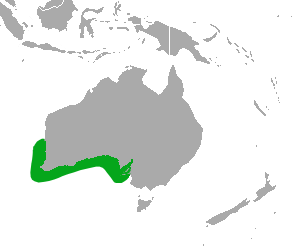 only endemic pinniped found in Australia.
only endemic pinniped found in Australia.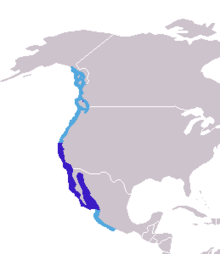 the west coast of north America. On this map, the navy blue marks the breeding rance, while the light blue shows the total range that they can be found in. It should be noted, that previously the Japanese and Galapagos sealion were both considered subspecies of the Californian species, but no longer. They can stay healthy, for a time, in fresh water, and have been seen living for a while in Bonneville dam – 150 miles inland.
the west coast of north America. On this map, the navy blue marks the breeding rance, while the light blue shows the total range that they can be found in. It should be noted, that previously the Japanese and Galapagos sealion were both considered subspecies of the Californian species, but no longer. They can stay healthy, for a time, in fresh water, and have been seen living for a while in Bonneville dam – 150 miles inland.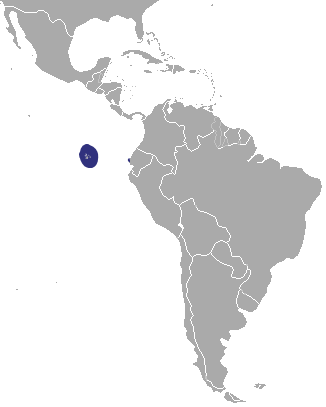 on all of the Galapagos Islands, as well as (in smaller numbers) on Isla de la Plata, which is just 40km from Puerto López a village in Ecuador. There have also been recorded sightings on the Isla del Coco which is 500km southwest of Costa Rica (and 750km from the Galapagos). These are not regular, and so have been considered vagrant. It is of course possible that historically they roamed here, but we cannot say.
on all of the Galapagos Islands, as well as (in smaller numbers) on Isla de la Plata, which is just 40km from Puerto López a village in Ecuador. There have also been recorded sightings on the Isla del Coco which is 500km southwest of Costa Rica (and 750km from the Galapagos). These are not regular, and so have been considered vagrant. It is of course possible that historically they roamed here, but we cannot say. known as the Hooker sealion) is native to south island, though before 1500 it is thought that it was also found on north island. They tend to breed on Subarctic islands of Auckland and Campbell (99% of the pups are born in these islands). In 1993, sealions started breeding on South Island again for the first time in 150 years.
known as the Hooker sealion) is native to south island, though before 1500 it is thought that it was also found on north island. They tend to breed on Subarctic islands of Auckland and Campbell (99% of the pups are born in these islands). In 1993, sealions started breeding on South Island again for the first time in 150 years.

